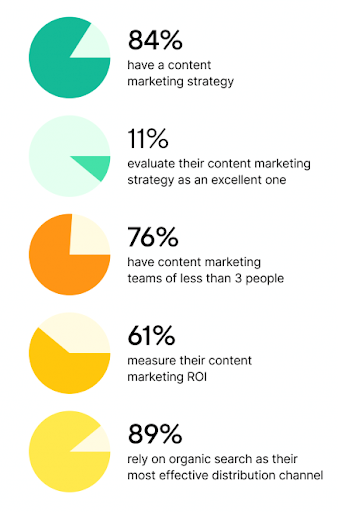Conclusion
As we’ve explored, measuring the ROI of your AI marketing campaigns is a crucial step in optimizing your joint replacement practice’s digital presence. By utilizing AI tools to refine your ad spend, enhance patient targeting, and personalize content, you can increase patient acquisition rates and improve the overall effectiveness of your marketing efforts. AI doesn’t just automate—it amplifies your practice’s ability to engage and convert patients, ensuring every marketing dollar delivers results.
Whether it’s leveraging AI to adjust ad strategies in real-time or analyzing key metrics to improve campaign performance, the benefits of adopting AI are clear. AI empowers you to make data-driven decisions that improve ROI and ensure your practice is always at the forefront of patients’ minds when they need joint replacement solutions.
While integrating AI marketing tools may seem overwhelming at first, with the proper guidance and expertise, it becomes a seamless process. ZealousWeb specializes in helping healthcare practices like yours navigate AI marketing, providing tailored solutions to maximize your ROI. Our team will work with you to fine-tune your campaigns, ensuring that your practice not only achieves higher efficiency but also continues to grow in a competitive market. With ZealousWeb, you can trust that your marketing efforts will always be in the right hands.














